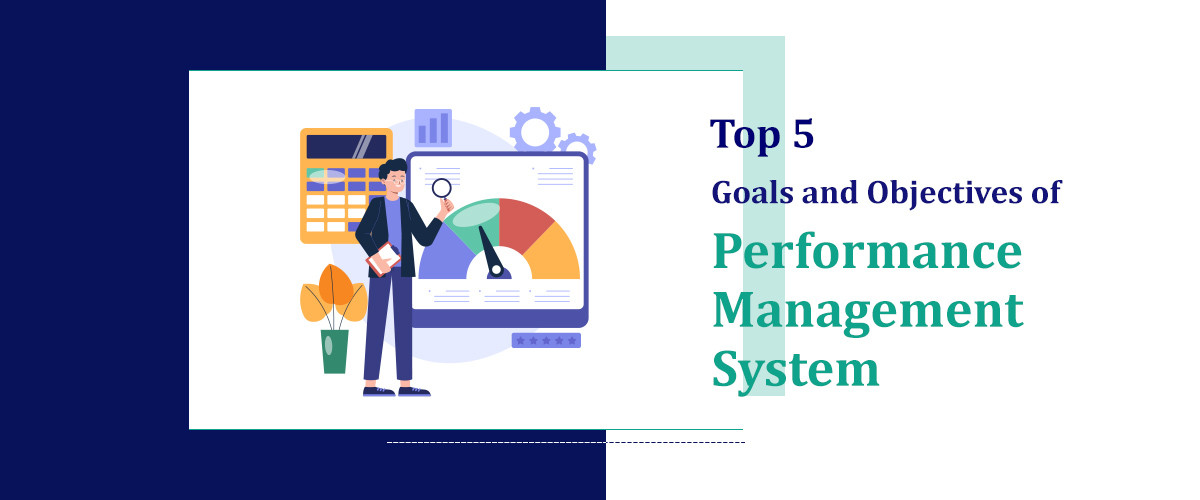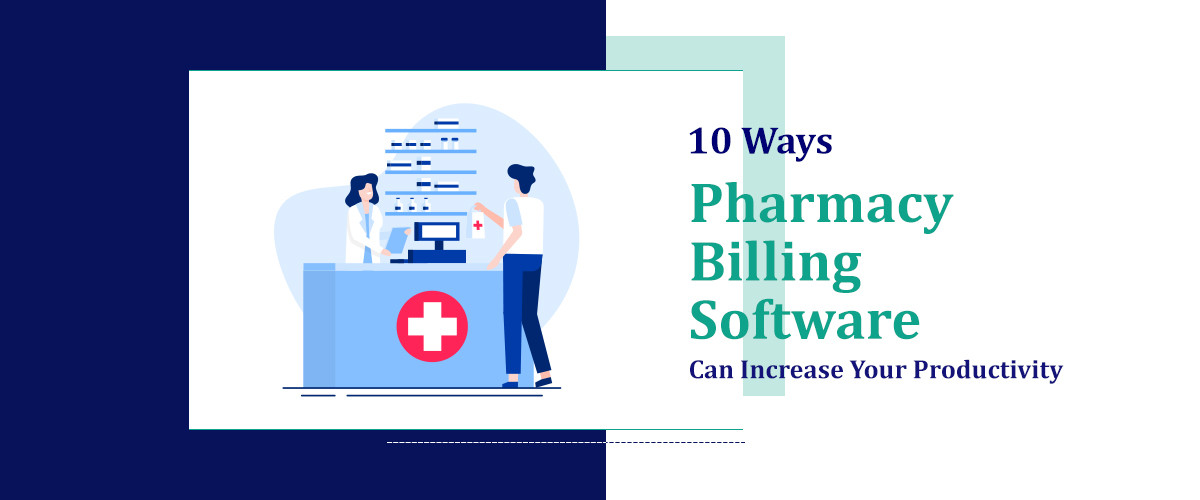What we'll cover
In an increasingly competitive market, small businesses can no longer afford to neglect the importance of enhancing their internal operations. With limited resources and a keen focus on ROI, the implementation of Performance Management System can be a game-changer.
This comprehensive guide is designed for small business owners, IT professionals, and office managers looking to harness the true potential of Performance Management System USA. Whether you're exploring solutions for the first time or seeking to optimise your existing systems, the following insights will help align your business objectives with innovative software features.
We understand the nuances of your market and location, so we'll tailor suggestions to the unique needs and legalities of small businesses in the United States. Here, we will explore the top five goals and objectives of the Performance Management System and how to actualize them within the small business context.
What is a Performance Management System?
Performance Management System is a technology platform designed to streamline the evaluation and improvement of workforce productivity within organisations. In the USA, such platforms offer a suite of tools that enable managers to set and track goals, provide ongoing feedback, conduct performance reviews, and identify development opportunities for employees. This software aims to align individual performance with the company's strategic objectives, fostering a culture of continuous improvement and accountability.
The Performance Management System has become increasingly popular in recent years, as companies recognize the value of actively managing and developing their employees. With the help of this technology, managers can easily track employee progress and identify areas for improvement, leading to higher levels of productivity and engagement.
Why is Performance Management System Important?
The Performance Management System plays a crucial role in modern business environments by aligning individual goals with organisational objectives, ensuring that each employee's efforts contribute significantly to the company's overall success. This software facilitates continuous feedback and development, which are essential for employee growth and productivity. It not only helps in identifying high performers and areas for improvement but also enables managers to recognize and rectify performance gaps in real-time. By automating administrative tasks, it allows managers to focus more on strategic planning and employee coaching, thereby fostering a culture of transparency, accountability, and continuous improvement.
Performance Management System also helps in creating a fair and objective performance evaluation process by eliminating biases and subjectivity. It provides a standardised platform for evaluating employees based on measurable metrics, such as key performance indicators (KPIs) and Virtual event platforms predefined goals. This ensures that all employees are evaluated using the same criteria, reducing the chances of favouritism or discrimination.
Moreover, Performance Management System promotes employee engagement and motivation by involving them in goal-setting and performance tracking. It allows employees to have a clear understanding of their roles, responsibilities, and expectations, fostering a sense of ownership and commitment towards their work. This, in turn, leads to increased job satisfaction and reduced turnover rates.
Goal 1: Streamlined Employee Evaluation
For many small business owners, employee evaluations can be a cumbersome process. Nonetheless, they are vital for ensuring employees are aligned with company goals and identifying areas for improvement. The Performance Management System promises to transform this obligation into an opportunity for growth.
- Historical Reviews and Predictive Analytics
Software solutions in this arena allow for easy access to historical data, which can empower employers to identify long-term patterns in employee performance. By employing predictive analytics, business owners can not only see how an employee has been performing but also forecast future behaviours based on key metrics.
-
KPI Tracking and Goal Setting
Key Performance Indicator (KPI) tracking tools integrated into the software can make goal setting and tracking a breeze. Managers can establish SMART (Specific, Measurable, Achievable, Relevant, Time-bound) goals with employees and monitor the progress in real-time, breaking down annual objectives into digestible chunks.
-
Efficient Review Cycles
Automation within the system can significantly reduce the time spent on review cycles. Tasks such as scheduling, reminders, and data input can be streamlined, freeing up valuable time for more nuanced discussions during review sessions.
Goal 2: Alignment with Company and Department Objectives
One of the core objectives of performance management is aligning individual contributions with broader business goals. A clear understanding and demonstration of this alignment can foster a cohesive and goal-oriented work environment.
-
Cascading Objectives
Software that supports cascading objectives enables business leaders to communicate and align overall business strategies with individual employee roles. This ensures that every employee understands how their daily tasks contribute to the company's greater vision.
-
Monitoring Progress and Ongoing Adjustments
Real-time performance monitoring tools assist in identifying deviations from company objectives. With this live data, managers can make adjustments to employee responsibilities or goals as the business strategy evolves, ensuring a Workflow management software USA.
-
360-Degree Feedback Mechanisms
Some systems offer 360-degree feedback mechanisms, providing employees with a holistic understanding of their performance. This not only supports alignment but also encourages collaboration and a deeper sense of personal investment in the company's mission.
Goal 3: Enhanced Employee Development
Employee development should be a continuous, collaborative, and data-driven process. Performance Management System offers a structured approach to growth and skill enhancement.
-
Individual Development Plans (IDPs)
Within the platform, managers and employees can collaborate on creating IDPs, which outline the skills an employee wants to develop, the resources necessary, and a timeline for achievement. This formalised approach fosters a culture of learning and progression.
-
Training Program Integration
Integration with external training programs and platforms means employees can access resources directly from the Performance Management System. This not only simplifies access but also allows for easier tracking of an employee's participation and progress.
-
Career Pathing
Career pathing tools can be integrated to show employees potential growth trajectories within the company. This transparency motivates employees to excel and provides a clear incentive for skill development.
Goal 4: Data-Driven Decision Making
In a world where data reigns supreme, small businesses can find an edge by adopting a Performance Management System that facilitates data-driven decision-making.
-
Employment Decisions
HR data and analytics can be critical in making employment decisions, whether it's promotions, performance-based pay increases, or reassignments. Software can provide a comprehensive view of an employee's merits and contributions, ensuring decisions are objective.
-
Identifying and Addressing Trends
Patterns and trends identified through the software can highlight areas where the business is excelling or underperforming. This informed perspective allows for strategic business decisions that are backed by empirical evidence.
-
Continuous Improvement
The software tools can enable a culture of continuous improvement by providing regular, data-backed feedback to employees. This transparency and consistency can drive operational and individual improvements across the board.
Goal 5: Regulatory and Policy Compliance
Upholding compliance with labour laws and organisational policies is critical for any business. The right Performance Management System should include features to safeguard against legal and ethical breaches.
-
Customizable and Adaptable Policies
The software should be designed to accommodate the unique policy environment of small businesses, including the ability to quickly change policy settings to remain compliant with evolving regulations.
-
Documentation and Audit Trail
A robust audit trail feature can assist in documenting employee performance and related transactions in the system, ensuring there's a reliable historical record to protect the business in case of an audit or legal challenge.
-
Privacy and Security Protocols
Data privacy and security are paramount. Any personal or performance-related data stored within the system should be protected by inadequate encryption and robust access control mechanisms to maintain confidentiality and compliance.
Implementation Best Practices and Considerations
Implementing new software, especially one that touches all employees, requires careful planning and execution. Here are some best practices to ensure a successful rollout:
- Needs Assessment and Vendor Selection
Conduct a thorough needs assessment to identify what features are essential. Research potential vendors, compare their offerings, and seek recommendations to find a solution that aligns with your business objectives.
-
Stakeholder Engagement
Involve key stakeholders from various departments in the decision-making process to ensure the selected software meets everyone's needs and garners universal buy-in.
-
Training and Change Management
Invest in comprehensive training for all employees who will use the software. Develop a change management plan that outlines how the new system will be integrated into daily operations.
-
Ongoing Support and Feedback
Establish support channels, such as help desks or designated super users, to assist with any issues that may arise. Encourage employees to provide feedback on the software's usability and relevance to their roles.
By setting clear and achievable goals before implementing a Performance Management System, small businesses can harness its full potential to drive growth and efficiency. With the right software, aligned objectives, and a commitment to ongoing optimization, small businesses can ensure their workforce is their competitive advantage.
This article has laid out a comprehensive roadmap for leveraging this powerful tool, taking into account not only your business objectives but also the unique regulatory landscape of the United States. It's time for small businesses to adopt a proactive approach to performance management and secure their place in a dynamic and technology-driven marketplace.
Conclusion
The Performance Management System plays a pivotal role in empowering organisations to realise their full potential. For a platform like SaaS Adviser, which specialises in listing such essential software, highlighting these top 5 goals and objectives is crucial. This software not only streamlines the evaluation process and bolsters employee engagement but also fosters a culture of continuous improvement, aligns individual objectives with organisational goals, and ensures transparent communication throughout the company.
By leveraging the Performance Management System, businesses are better equipped to track progress, identify areas for improvement, and ultimately drive success. This positions SaaS Adviser as an indispensable companion for organisations aiming to harness the power of cutting-edge tools to advance their performance management strategies.
The primary goal of a Performance Management System is to enhance employee performance and productivity by providing clear expectations, continuous feedback, and development opportunities, aligning individual achievements with organizational goals.
It fosters an environment of open communication and recognition, where employees feel valued for their contributions. Regular feedback and development plans motivate employees, boosting their engagement and commitment to the organization.
Yes, by systematically assessing performance and competencies, these systems highlight areas where employees can improve, guiding the development of targeted training and development programs to address skill gaps.
Absolutely. They help identify high-potential employees for future leadership roles by tracking performance history and development progress, enabling organizations to plan for succession and reduce the risk associated with key position turnovers.
They align individual objectives with broader organizational goals, ensuring that every employee is working towards the same vision. This alignment is crucial for driving business success and achieving strategic objectives.


.png)

